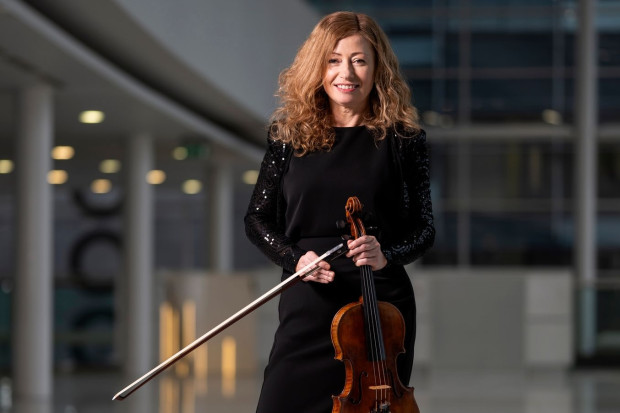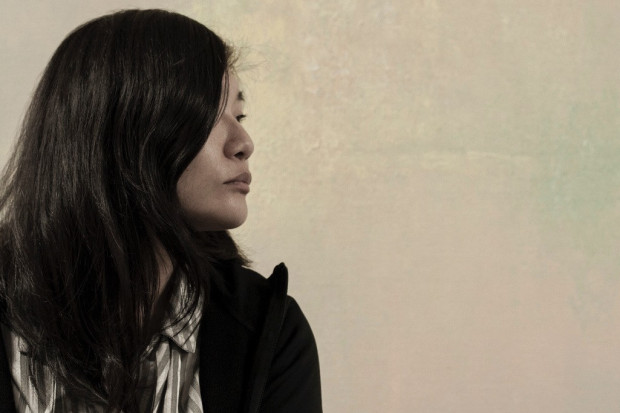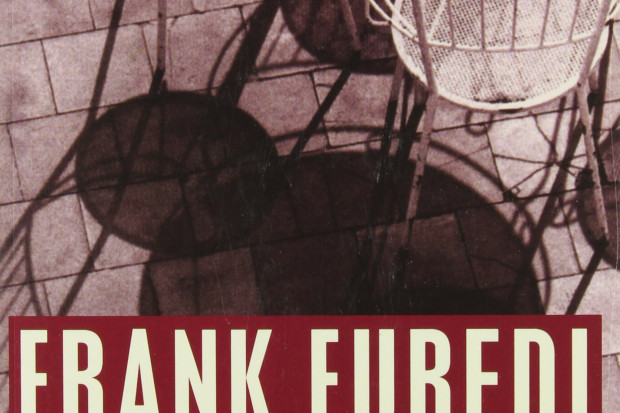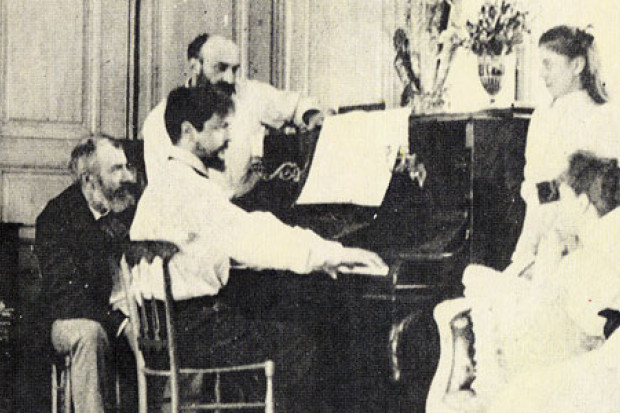
Somadrone. Photo: Libby Fab
Live Review: Snakes & Ladders
With its soaring glass ceiling and incongruous indoor palm trees, the World Financial Center Winter Garden exudes the vibe of a grandiose shopping mall. As such, it’s easy to imagine a live musical performance being swallowed up by the architecture. Fortunately, on the evening before St Patrick’s Day, the Snakes & Ladders Festival of New Irish Music managed to avoid the Winter Garden’s dwarfing effect by filling the giant interior with equally enormous house-tinged beats, improvisatory experimental music, and amped-up electroacoustic compositions.
The two-hour concert was divided into eight sets, roughly fifteen-minutes each, beginning with Brian Ó hUiginn performing on uilleann pipes accompanied by pre-recorded electronics. Long trills and segmented melodies from the pipes floated over crackling digital washes of sound which eventually settled into a groove only to later dissolve into ambiguous electronic din. Ó hUiginn was then joined by composer/pianist Roger Doyle for a wistful instrumental that interjected breathy tin whistle tunes over fluttery piano accompaniment – the piece closely flirted with the outskirts of New Age à la Enya.
Stylistically speaking, the program, curated by Daniel Figgis, divided into club-inspired music and pieces with an experimental or improvisatory bent. However, a laptop set by Amoebazoid (a.k.a. Keith O’Brien) bridged both niches. The bold opening sonorities consisted of irregular snare and kick-drum beats sped up to the point where they became gnarly sustained timbres that evaporated into deep frequencies that were more felt in the chest cavity than heard by the ears. In no time, the set switched gears from hardcore breakbeat to airy folk guitar-like picking sounds that bubbled to the forefront. By the time the roving exploration was nearly complete, pure sine tones slipped around one another accompanied by a virtual bobbing buoy bell periodically piercing the music’s surface.
Also performing a purely electronic set, Deep Burial rhythmically tapped sensors triggering club-ready beats. It appeared as if they were administering CPR, attempting to resuscitate the machines on the table before them. The sonic result of their busy handwork was a creepy cabaret-like lounge tune that grew in intensity as the machines bellowed human-like vocalisations. The music eventually slowed down to a more casual groove with outbursts of bel canto warm-up exercises.
Somadrone (a.k.a. Neil O’Connor) took the stage and filled the cathedral-like venue with big sweeping sound waves, massaging the audience’s ears by fiddling with his laptop’s touchpad and keyboard. This sound bed eventually led to IDM-style beats verging on minimal techno, with luscious cello melodies, bird-like twitters, and glitchy digital squelches. Tóirse delivered a more ready-for-the-night-club set. Although the beat was heavy and steady, every micro detail of the music was perpetually in transformation—non-stop timbral shapeshifting.
On the more acoustic-based improvisatory side, General Practice (Doyle and O’Brien), offered some of the most thrilling moments of the evening, meshing piano, electric guitar, and live signal processing. Doyle’s focus on the upper register of the piano was relentless, and his flashy chromatic riffs were sporadically paced, conjuring the stoic quality of a late Morton Feldman piece.
Richard G. Evans offered a brief piece for electric guitar and electronics featuring ticking clocks, children’s voices, and a wash of reverb coating his glissandos across the fretboard. The concert’s finale, Figgis’ PHOTO-FINISH (with shortcuts), felt as if, indeed, shortcuts had been employed. The piece brought most of the composer/performers back to the stage. Beginning with a pre-recorded drum track that mingled with stuttering accordion-like sounds, the music gave way to live drumming and insentient improvising by multiple players over a winding chord progression. In its defence, the music harnessed the exuberance of free jazz, while exhibiting both rigorous structure and a thirst for chaos. Figgis left his perch behind the drum set in order to play a miniaturised toy kit for no apparent reason, other than to illustrate the lighthearted intentions behind the circus of sound. Sadly, the orgy of colliding notes seemed truncated as the clock struck 10pm, and the piece abruptly ended before given the chance to reveal all of its charms. Regardless, the entire evening proved to be a fascinating cross-section of contemporary Irish music making.
Published on 1 May 2008
Randy Nordschow is a New York-based composer and sound artist. He is associate editor of NewMusicBox.org

















